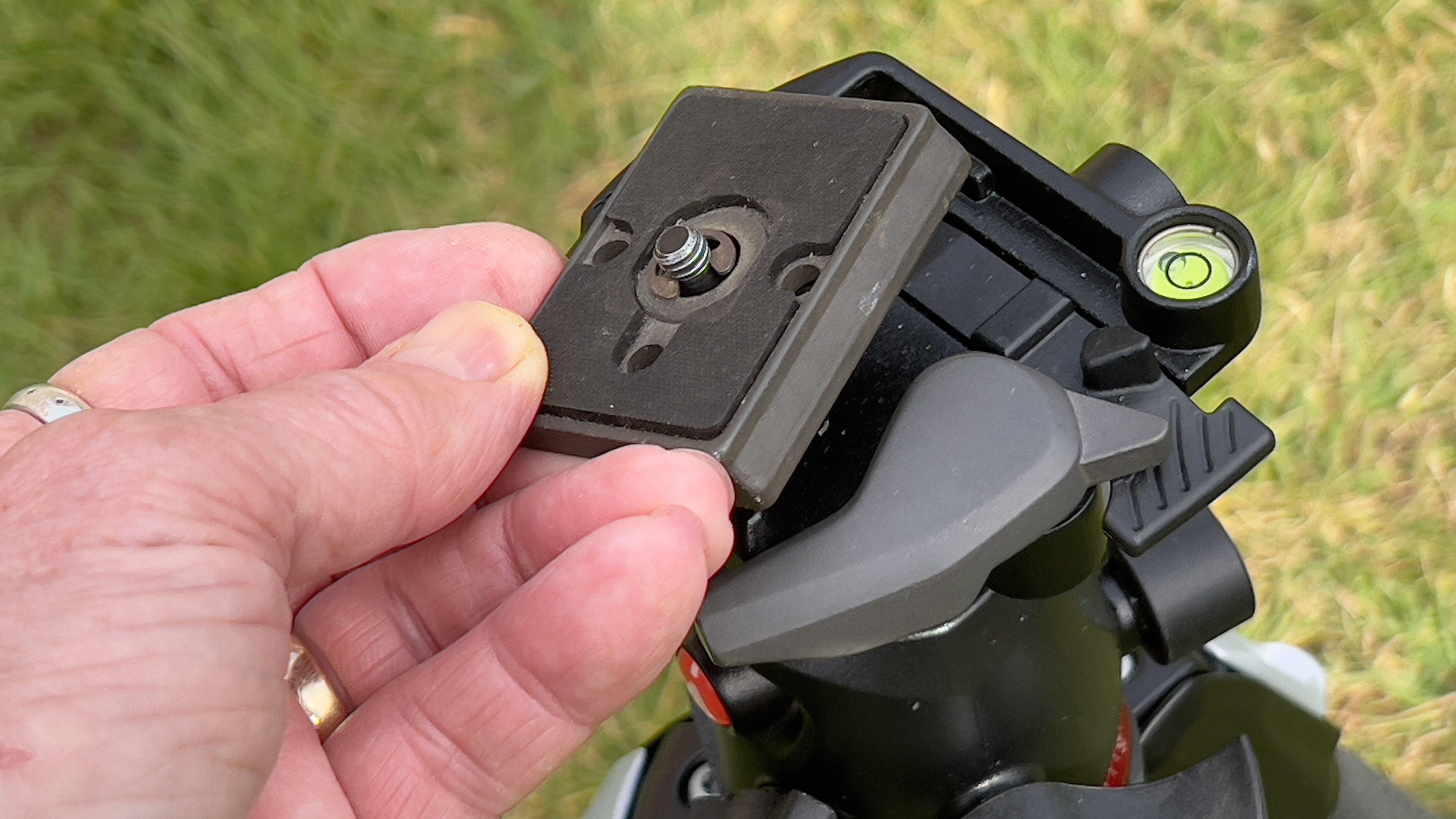
So what’s the point of a quick-release plate? It seems obvious enough, doesn’t it: you attach the plate to the base of the camera and, from there on, you can quickly clip the camera to the tripod and unclip it any time you like for some handheld shots before you clip it back on for more tripod work.
All of the best tripods and the best tripod heads use quick-release plates these days. What’s wrong with that?
Well, in my book, there’s two things. First, that’s not how I personally use a tripod. If I need a tripod, I attach the camera, do my tripod shots and then put the tripod away again. I’ve never felt the pressing need to keep taking the camera off for some handheld shots and then put it back on again.
And if I need to change position, I pick up the tripod with the camera still attached and move somewhere else. Or, if I need to move a longer distance, I will take the camera off, but I don’t feel as if I’ve saved any significant time from using a quick-release plate.

Now the second thing, and this is just simple logic. If you use a quick release plate, you must first attach the plate to the camera and then attach both to the tripod head. That’s two actions. If you use an old-fashioned tripod head that screws straight into the camera base, that’s one action. And one less component, too.
What’s more, I find it much easier to spin the grip on an old-fashioned head directly into the camera base and secure it, than I do to find where I’ve put the hex key for my QR plate or look for a coin I don’t have to tighten up a slotted screw. Butterfly nuts are okay, though, because they don’t need any special tools. They should be compulsory.
So what (else) is wrong with quick release plates?
Manfrotto for a long time used a custom plate design of its own, which doesn’t fit other tripod heads. And while Arca Swiss style plates have become a new standard among tripod and head makers, not all plates fit all heads – depending on whether the makers use locating pins or other design tweaks and whether you’re dealing with locking screws or sprung clamps, which may need a different tension setting for different plates.
Fitting QR plates to cameras can be a bit of a chore, so one answer is to leave them fixed to the camera all the time. So what’s the problem with that? Well, one problem is that the camera will no longer sit properly on a flat surface. Another problem is more tragic: a tale of waste and disappointment.
For a long, long time, a corner of the Digital Camera World testing lab was filled with orphaned tripods, separated by carelessness from their quick-release plates. These were probably still attached to some camera now far, far away or left rattling around abandoned in the bottom of an old camera bag because nobody could remember where they came from.
I realize, though, that I’m wasting my time even complaining about this. It’s almost impossible now to get an old-school tripod head that attaches directly to the camera. I’m stuck with using more complex QR systems that should really be described in full as Quick-Release-Slow-Attach plates. Grrr.
You might also like (or dislike)…
Check out our guide to the best ball heads for tripods and the best gimbal heads for tripods. Or go off-piste with a look at the best monopods instead.







